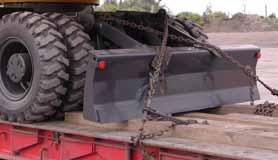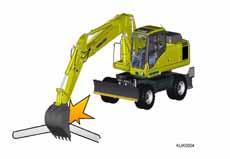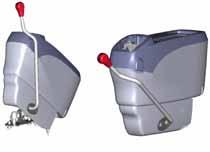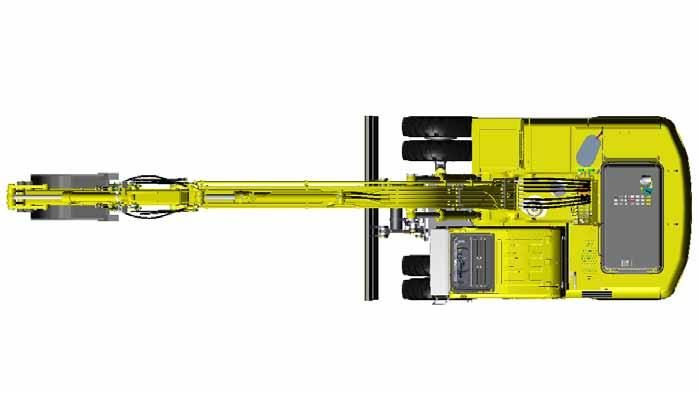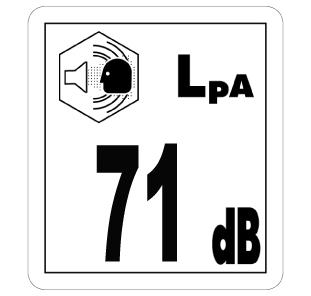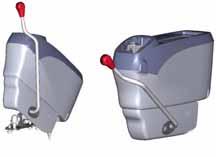OPERATION
COLD WEATHER OPERATION
COLD WEATHER OPERATION PRECAUTIONS FOR LOW TEMPERATURE If the temperature becomes low, it becomes difficult to start the engine, and the coolant may freeze, so do as follows.
FUEL AND LUBRICANTS Change to fuel and oil with low viscosity for all components. For details of the specified viscosity. For details, see "USE FUEL, COOLANT AND LUBRICANTS ACCORDING TO AMBIENT TEMPERATURE (230)"
WARNING ●
Antifreeze is toxic. Be careful not to get it into your eyes or on your skin. If it should get into your eyes or on your skin, wash it off with large quantities of fresh water and see a doctor at once.
●
Antifreeze is toxic. Be extremely careful when handling it. When replacing coolant containing antifreeze or when handling coolant when repairing the radiator, contact your Komatsu distributor or ask your local antifreeze dealer. Be careful not to let the water flow into drainage ditches or spray on to the ground surface.
●
Antifreeze is flammable, so do not bring any flame close. Do not smoke when handling antifreeze.
NOTICE ● Never use methanol, ethanol or propanol based antifreeze. ●
Absolutely avoid using any water leak preventing agent, weather it is used independently or mixed with an antifreeze.
●
Do not mix one antifreeze with a different brand. For details of the antifreeze mixture when changing the coolant, see "CLEAN INSIDE OF COOLING SYSTEM (250)".
REMARK Where no permanent antifreeze is available, an ethylene glycol antifreeze without corrosion inhibitor may be used only for the cold season. In this case, clean the cooling system twice a year (in spring and autumn). When refilling the cooling system, add antifreeze in autumn, but do not add any in spring. For details of the antifreeze mixture when changing the coolant, see "CLEAN INSIDE OF COOLING SYSTEM (250)".
203



